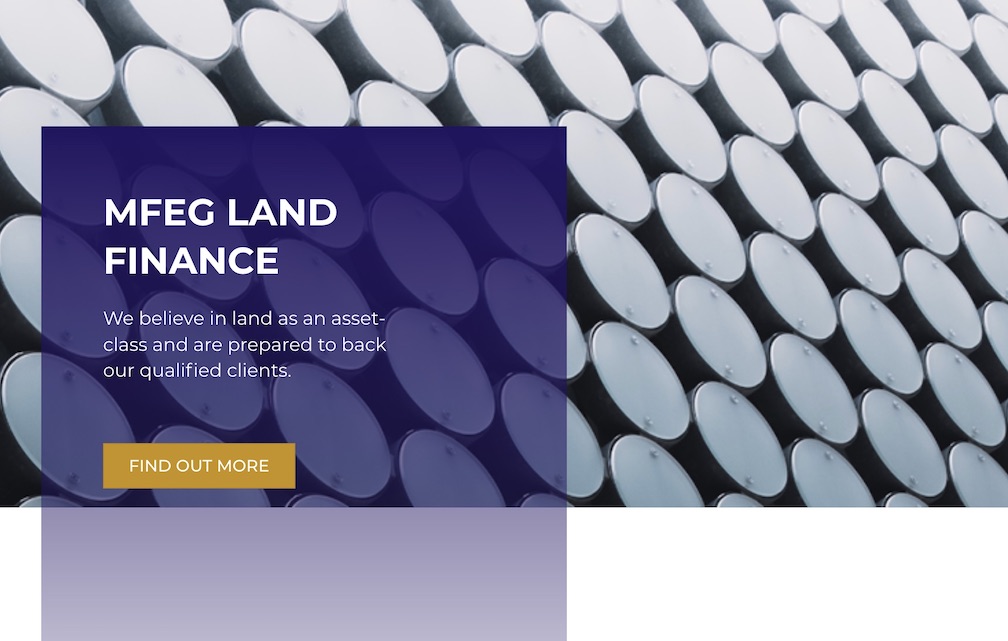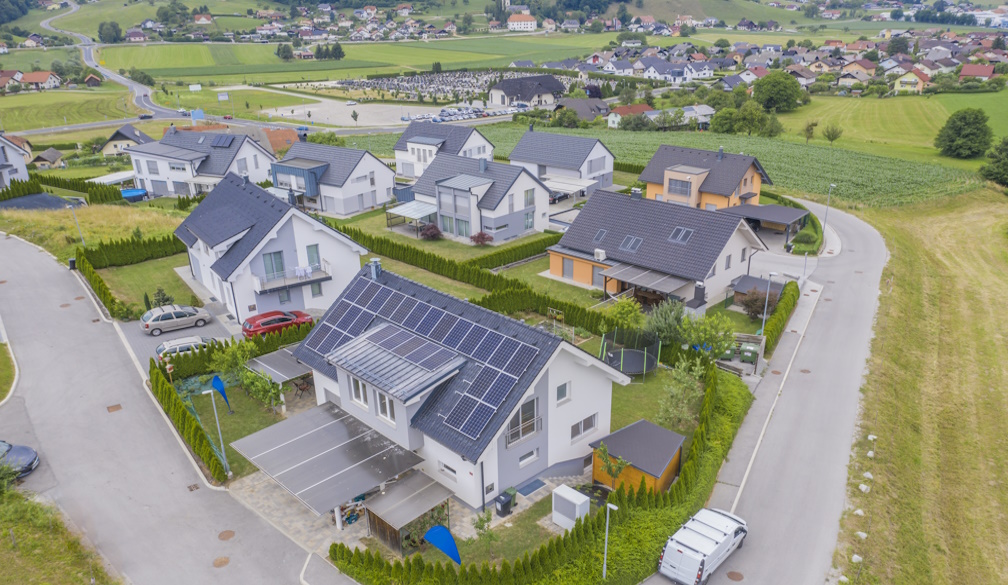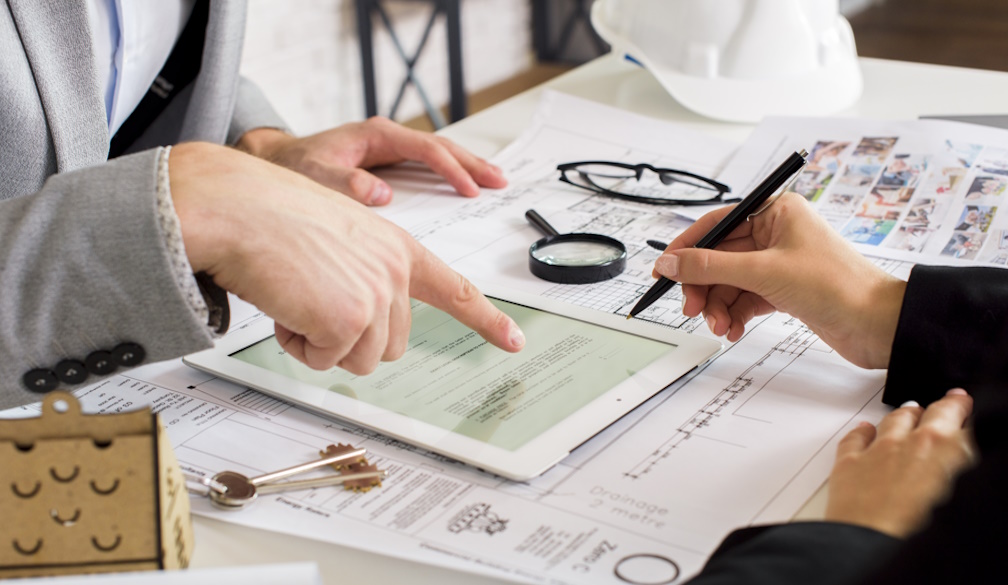Mixed-Use Development: Maximising Potential & Creating Vibrant Spaces
- Written by The Times

Today, there's an undeniable buzz around the concept of mixed-use developments. These multipurpose projects are revolutionising land development, not just across the globe, but particularly in the sphere of land development Australia. They offer an enticing prospect of maximising land potential and creating vibrant, self-sustaining communities.
What is Mixed-Use Development?
Before diving into the nuts and bolts, let's define mixed-use development. In essence, these developments encompass residential, commercial, cultural, institutional, or entertainment uses within a single or closely connected group of buildings. This means that residents can live, work, shop, and socialise without having to leave their immediate environment. The idea is to create compact, walkable communities that reduce the need for transportation and boost local economies.
Maximising Land Potential
Mixed-use developments aim to make the most of every square inch of land. They are a strategic solution to the urban sprawl issue, efficiently utilising space by integrating multiple uses into one site. For instance, a mixed-use building in a bustling city might house retail stores on the ground floor, offices on the second and third floors, and residential units on the upper levels.
Not only do these developments make efficient use of vertical space, but they also optimise horizontal space by encouraging walking and reducing the dependence on cars. This design approach can contribute to less traffic congestion, improved air quality, and a more vibrant street life.
Creating Vibrant Spaces
By integrating various functions, mixed-use developments create lively spaces that offer something for everyone. These places bustle with activity throughout the day as they cater to people’s needs from morning to night. The morning might begin with residents leaving their apartments for work, followed by shoppers and business meetings in the afternoon, and evening entertainment like dining or catching a show. This constant cycle of activity makes these developments dynamic and engaging places to live and visit.
The Future of Mixed-Use Developments
As cities continue to grow and evolve, mixed-use developments will become an even more critical part of urban planning. These developments, such as those seen in land development in Australia, can be designed to be flexible, adapting to changing community needs and market conditions over time.
In addition, as sustainability becomes a higher priority, mixed-use developments have the potential to promote greener living. With their emphasis on walkability, they can help reduce car dependence, thereby reducing carbon emissions. They can also incorporate green building techniques, such as solar panels or green roofs, to further minimise their environmental impact.
Final Thoughts
Mixed-use developments offer an exciting way to maximise land potential and create vibrant spaces. By integrating residential, commercial, and entertainment uses, they create dynamic communities that cater to a wide range of needs. These developments are proving to be a sustainable, efficient, and exciting model for future urban growth. As we venture into the future of urban planning, mixed-use development stands at the forefront, revolutionising how we perceive and interact with our urban landscapes.





















